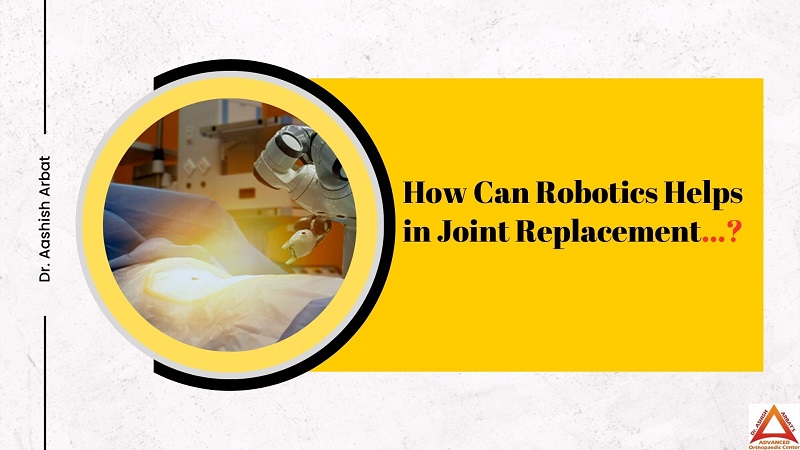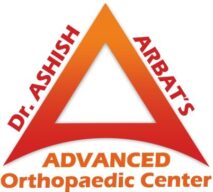
Joint replacement surgeries are becoming more common among people who have arthritis & joint injuries to maintain their active lifestyles for longer. Joint replacement surgery is performed often, with a high success rate; however, there is always scope for improvement. This is where robotics can play a crucial role. More and more people are opting for robotic-assisted joint replacement surgery because of the many advantages it has been proven to provide over conventional procedures.
This article addresses robotics’ role in joint replacement procedures.
Contents
Robotics Helps in Joint Replacement
Here below find, how robotics helps out in joint replacement…
Robotic System Designs
The application of robotics in joint replacement surgery entails using sophisticated robotic systems that can aid in precisely inserting the prosthetic joint. In addition, these systems are designed to aid the surgeon in performing surgeries using computer software and mechanical components.
Robotic systems usually comprise three primary components:
- Robotic Arm:
The robotic arm is the physical component of the robotic system responsible for performing the surgical procedure. It is designed to be exceptionally precise & accurate, with the ability to make adjustments down to millimetre fractions. The robotic arm is generally controlled by the surgeon using the computer console.
- Computer Console:
The computer console is the control centre for the robotic system that allows the surgeon to manipulate the robotic arm & make real-time adjustments during the procedure. In addition, the surgeon can monitor the operation’s development & make any required modifications with the help of the information provided by the computer console.
- Specialized Software:
Specialized software is used to program the robotic system & create a detailed map (preoperative imaging) of the joint before the surgery. This software also guides the robotic arm during the procedure, ensuring that the prosthetic joint is placed with high precision & accuracy. Also, the software is designed to be surgeon-user-friendly, allowing the surgeon to easily program the system & make adjustments as needed.
Robotic Autonomy
Using a robotic system allows for more precision & accuracy during joint replacement surgery, which is a significant benefit. Robotic systems can make modifications down to fractions of a millimetre. This level of precision is not achievable with manual surgery. Robotics also provides surgeons more control over the process since they may adjust the robotic arm via a computer console.
Preoperative Advanced Imaging
Before the procedure, robotic systems are typically employed with preoperative imaging to generate a detailed joint map. This allows the surgeon to plan the procedure in advance & make any necessary modifications to achieve the best possible outcome.
Also, preoperative imaging can help lessen the risk of challenges during surgery due to the surgeon’s superior knowledge of the joint’s structure.
Closed vs. Open
When it comes to joint replacement surgery, two primary techniques are adopted: closed & open surgery.
Closed surgery entails creating a small incision & using specialized instruments to perform the procedure. In contrast, open surgery involves making a larger incision & conducting the procedure manually. In addition, robotic technologies increase precision & accuracy in closed surgical operations.
You Might Refer Reading: Hip Replacement Doctor in Pune
Specific Robotic Systems
Each robotic technology for joint replacement surgery has pros & cons. However, the Mako, Navio, & Robodoc Systems are among the most widely used systems. Each system takes an individual approach to joint replacement surgery to improve the procedure’s precision & accuracy.
For example,
- Mako System uses preoperative imaging & real-time feedback from the robotic arm to guide the surgeon during the procedure.
- The Navio System uses a handheld device to guide the robotic arm, allowing greater control & precision.
- Robodoc System uses a robotic arm to mill the bone, creating a precise cavity for the prosthetic joint.
Benefits of Robotics in Joint Replacement Surgery
Comparison of Traditional Joint Replacement Surgery & Robotic-Assisted Joint Replacement Surgery:
Aspect | Traditional Surgery | Robotic-Assisted Surgery |
Precision | Moderate | High |
Risk of Human Error | Moderate | Low |
Recovery Time | Moderate to Long | Short |
Range of Motion | May be Limited | Improved |
| Cost | Lower | Higher |
Compared to manual surgery, robotic joint replacement surgery has several benefits. These benefits include the following.
- Increased Precision:Robotic systems can perform millimetre-scale modifications. This level of precision is not achievable with manual surgery.
- Reduced Risk of Complications:Since the surgeon has a deeper comprehension of the joint’s structure, preoperative imaging & robotic devices can lower the possibility of challenges.
- Faster Recovery Time:Robotic joint replacement surgery speeds recovery time compared to manual surgery.
- Higher Success Rate:Robotic joint replacement surgery has fewer problems, huge success, & lower revision surgery rates.
Conclusion
Robotics improves accuracy, decreases problems, speeds recovery, & success rates in joint replacement surgery. While there are obstacles, advances in technology & training will undoubtedly boost the usage of robotics in this industry. Robots will become progressively more important as patients seek the best possible joint replacement surgery outcomes.
ROBOALIGN, an innovative technology combining 3D technology & artificial intelligence, has customized joint replacement surgery. With highly precise TKR surgery & 3D planning, ROBOALIGN overcomes the challenges of conventional & modern TKR surgeries. Dr. Arbat, the top hip & knee replacement surgeon in Pune, is committed to providing his patients with the best therapeutic options through technological advances & innovations.
Dr. Aashish Arbat is the best Robotic Joint Replacement Surgeon in Pune, Maharashtra.
Reference
- https://www.ncbi.nlm.nih.gov/pmc/articles/PMC7251009/
- https://www.sciencedirect.com/topics/engineering/surgical-robot
- https://www.sciencedirect.com/science/article/pii/S1008127521001528

